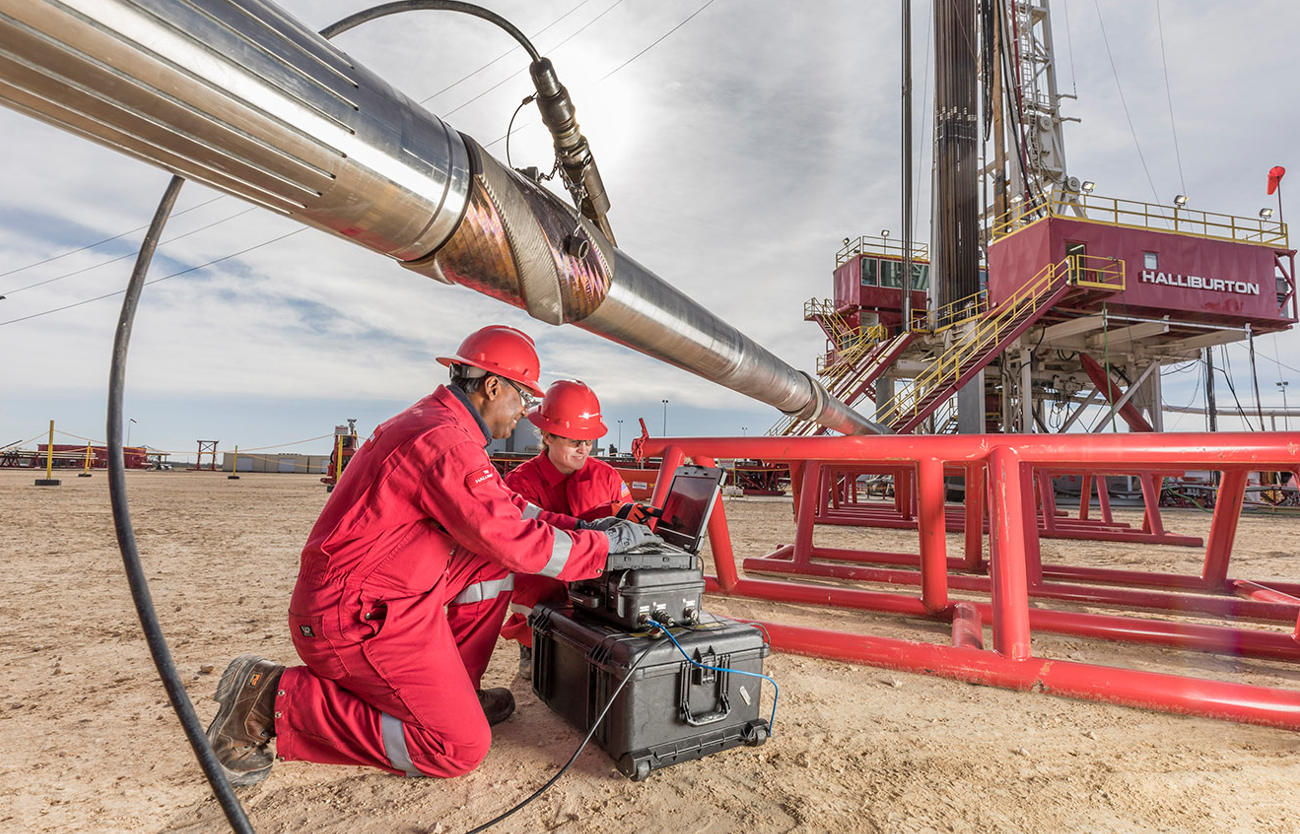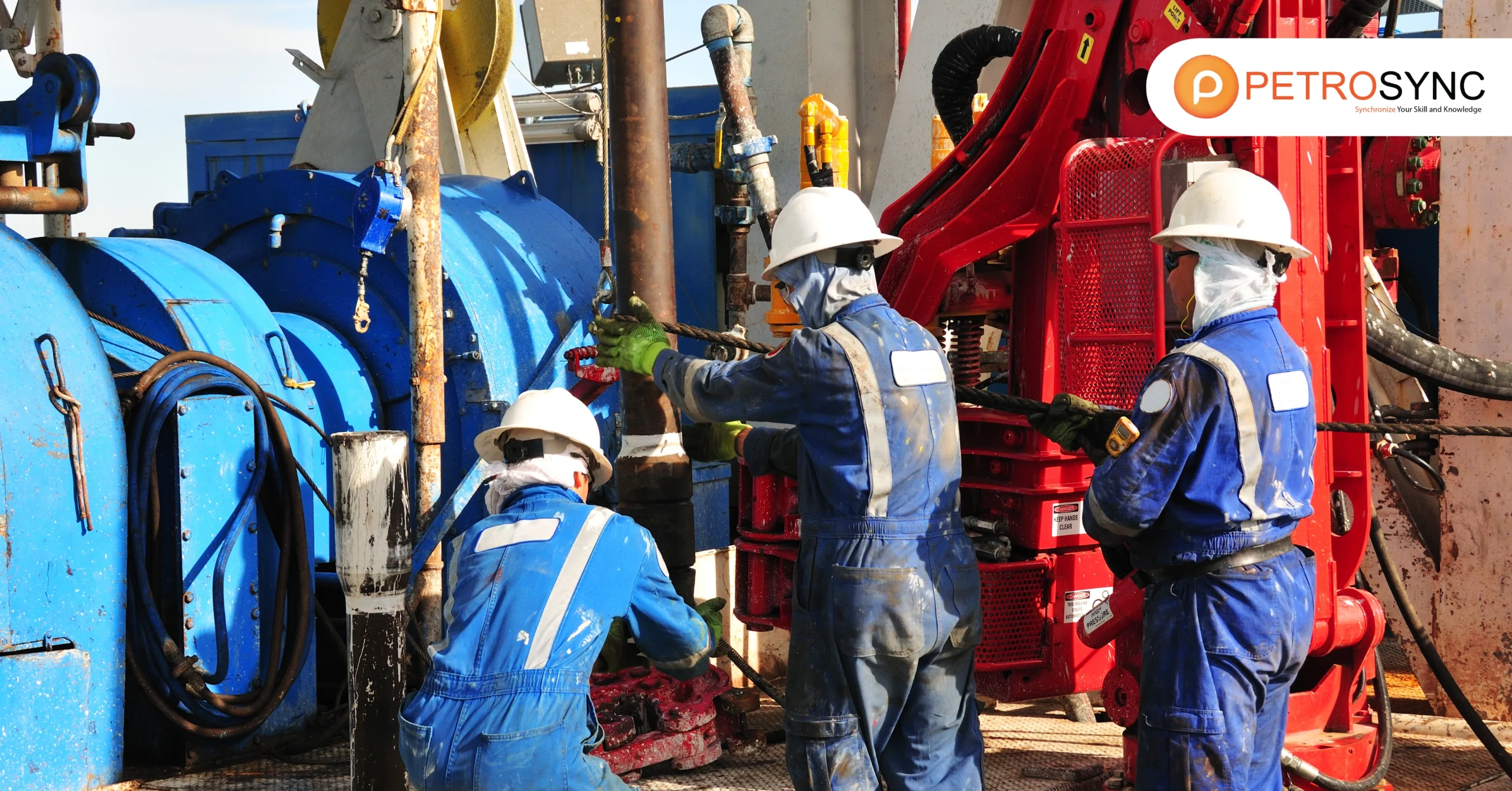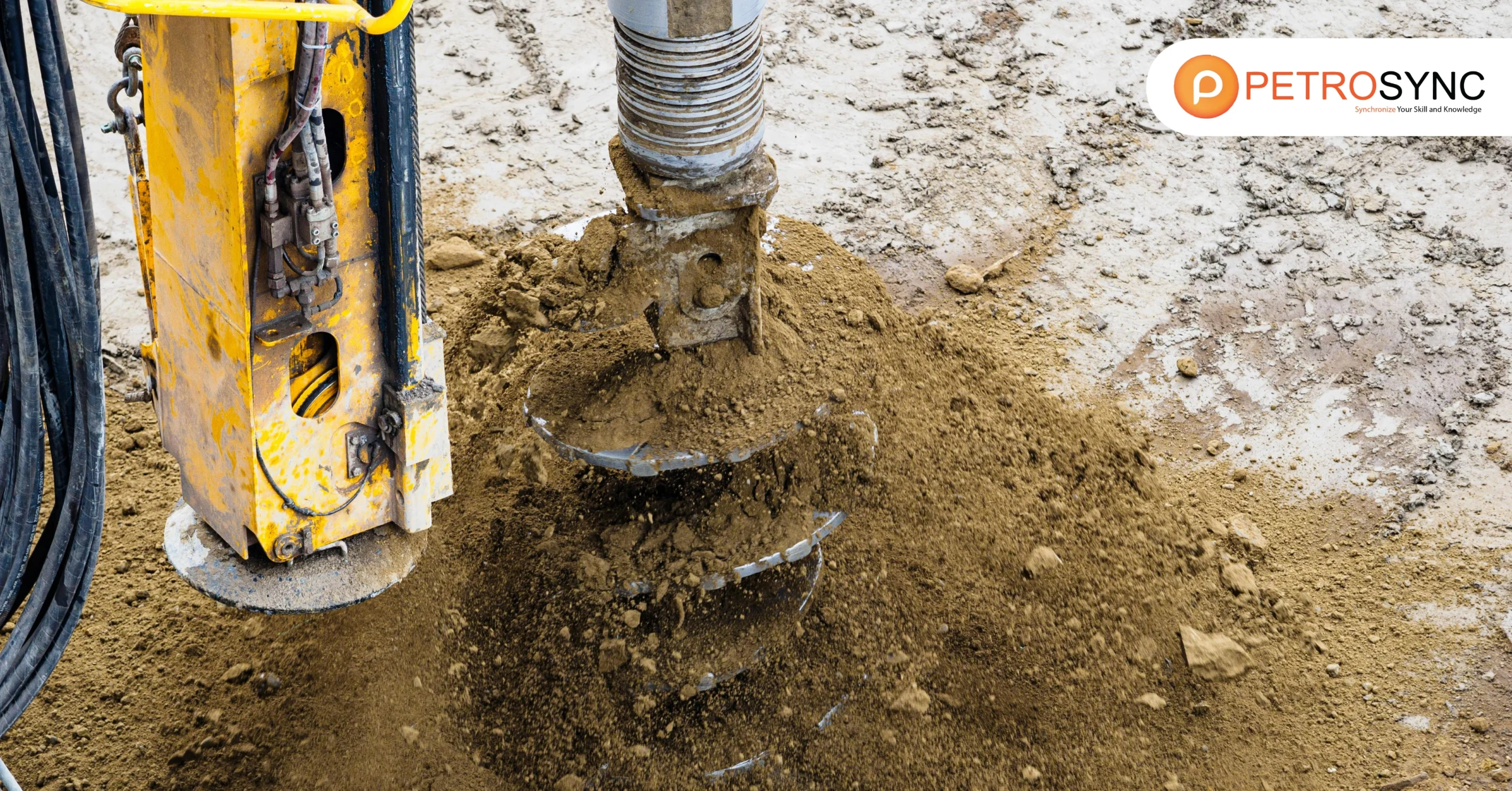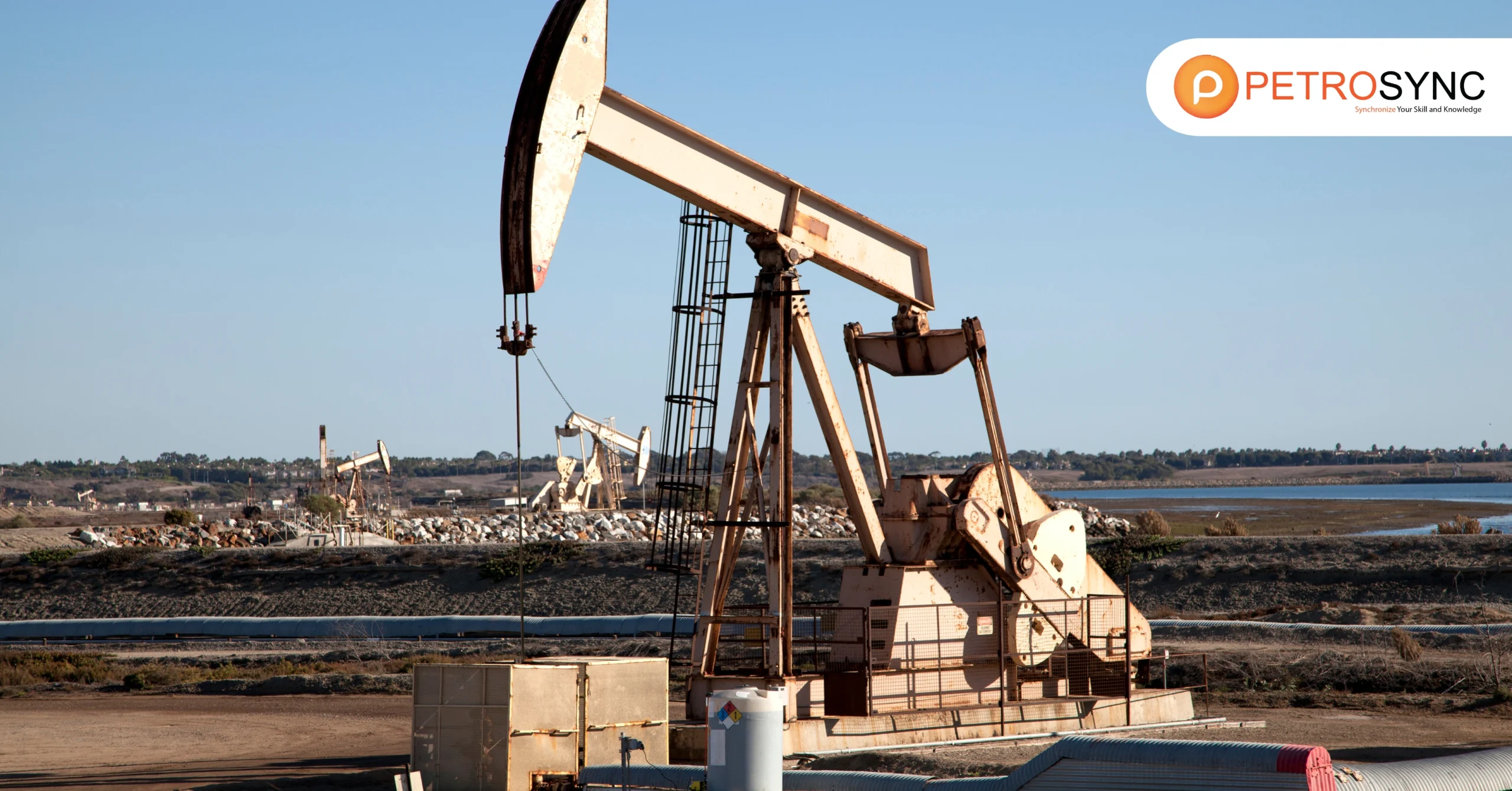Production logging is important, yet there are common misunderstandings surrounding it. In this article, we will explore the significance of production logging in oilfield management. We will also address misconceptions and clarify its role in optimizing well performance and reservoir management strategies. Join us as we discuss about production logging and its crucial role in effective oilfield management.
What Is Production Logging?
Production logging is one of a number of cased hole services used in the oil and gas industry to assess the performance and condition of a well during production. It involves lowering specialized tools downhole to measure various parameters such as fluid flow rate, pressure, temperature, and fluid composition. This data helps operators understand how efficiently the well is producing oil or gas, identify any issues like blockages or leaks, and optimize production processes. Overall, production logging provides valuable insights to maximize the productivity and profitability of oil and gas wells.
What Are The Objectives of Production Logging?
The objectives of production logging are to evaluate fluid flow inside and outside pipe or, in some cases, to evaluate the well completion directly, as well as to assess how well an oil or gas well is producing, identify any issues or inefficiencies in the production process, and optimize production operations.
This involves measuring parameters such as fluid flow rate, pressure, temperature, and fluid composition downhole to gather data that helps operators understand the condition of the well and improve its performance. Overall, the goal is to maximize the productivity and profitability of oil and gas wells.
What Are Some Misconceptions about Production Logging?
Before we dive into the details of production logging, it’s important to clear up some common misunderstandings. By addressing these misconceptions, you can gain a better understanding of this important aspect of well evaluation.
1. A Production Log Can Be Run by Anyone
One common misconception is that anyone can perform a production log. However, quality control is crucial, and specific attention must be paid to three key aspects: the procedure, tool calibration, and depth control.
The procedure used significantly influences the value of the resulting logs, while accurate tool calibration and depth control ensure precise measurements. Without proper training and expertise, running a production log can lead to inaccurate results and misinterpretation of data.
2. Only One Logging Tool Is Needed
Another misconception is that only one logging tool is sufficient for assessing well conditions. In reality, production logging requires complementary suites of tools to provide comprehensive data. Different tools serve different purposes, such as identifying flow inside or outside the pipe (Class A tools) or allocating flow from multiple entries or exits (Class B tools). Combining multiple logs allows for a more thorough evaluation of production issues and facilitates more accurate diagnoses of problems.
3. The Answer (anomaly) Will Jump Out From A Casual Scan of The Log
Some may believe that anomalies in production logs are easily identifiable with a quick glance. However, this myth overlooks the need for careful and consistent interpretation of the data. Effective interpretation involves first identifying normal or expected features, then scrutinizing abnormal portions to discern relevant from irrelevant details.
Novices often struggle with this process, as irrelevant features may obscure underlying issues. Adequate training and experience are necessary to interpret production logs accurately and make informed decisions based on the data.
Dispelling these misconceptions allows for the development of essential skills in using production logs effectively. Collaborative efforts between service providers and clients are essential for meaningful results. Skills such as selecting the appropriate tool combination, establishing operating procedures, monitoring data quality, and interpreting results are crucial for maximizing the utility of production logs and optimizing well performance.
How Is The Application of Production Logging?
It’s vital to use suites of production logs, not just one. Production logs are useful at various stages of a well’s life, from drilling to abandonment. Four examples illustrate how a suite of production logging tools can provide crucial diagnostic information throughout a well’s lifecycle.
1. Production Logs to Assess Gas Kick
During drilling operations, a sudden influx of gas into the wellbore, known as a gas kick, can pose serious safety risks and impact drilling efficiency. Production logging tools can be deployed to assess the severity of the gas kick by measuring parameters such as gas flow rate, pressure, and composition.
The information helps operators understand the extent of the influx, identify its source, and determine appropriate control measures to safely manage the situation. By promptly detecting and evaluating gas kicks using production logs, operators can mitigate potential hazards and ensure drilling operations proceed safely and efficiently.
2. Profiling Commingled Gas Production
In some cases, multiple reservoirs or zones may be producing gas simultaneously from a single wellbore, a situation known as commingled production. Production logging tools can provide detailed profiles of gas production from different reservoir intervals, allowing operators to assess the contribution of each zone to overall production.
The information is valuable for reservoir management and optimization, as it helps identify high-producing zones, evaluate reservoir connectivity, and optimize production strategies such as selective perforation or zone isolation. By accurately profiling commingled gas production, operators can maximize reservoir recovery and optimize well performance.
3. Profiling oil production under WAG recovery
Water-alternating-gas (WAG) injection is a common enhanced oil recovery technique used to improve oil production from reservoirs. Production logging tools can be employed to profile oil production and monitor fluid movement within the reservoir during WAG injection operations.
By measuring parameters such as oil flow rate, water saturation, and gas breakthrough, production logs help operators assess the effectiveness of WAG injection, identify any production anomalies or conformance issues, and optimize injection strategies to maximize oil recovery. Profiling oil production under WAG recovery using production logging enables operators to enhance reservoir sweep efficiency, increase oil production rates, and improve overall project economics.
4. Gas blowout after abandonment
Even after a well has been abandoned, there is a risk of gas blowouts or leakage from the wellbore, which can pose environmental and safety hazards. Production logging tools can be utilized to detect and assess gas flow or leaks from abandoned wells by measuring parameters such as gas flow rate, pressure, and composition.
The information helps operators identify potential sources of gas migration, assess the integrity of well barriers or plugs, and take corrective actions to mitigate the risk of gas blowouts or environmental contamination. By monitoring abandoned wells for gas blowouts using production logging, operators can prevent potential accidents, protect the environment, and fulfill regulatory requirements for well abandonment and decommissioning.
In summary, production logging is vital for petroleum engineers, as it provides crucial insights into well performance and integrity. By understanding and using this data effectively, engineers can optimize production, identify issues, and maximize resource recovery. This knowledge is especially important for reservoir engineers, production engineers, well integrity engineers, and drilling engineers. As technology advances, a thorough grasp of production logging remains essential for success in the petroleum industry.
Furthermore, PetroSync offers training in Advanced Well Log Analysis and Interpretation, including production logging. Our courses are designed to equip you with the knowledge and skills needed to master every aspect of production logging and related techniques.
Through hands-on training and expert guidance, you can enhance your understanding of production logging and become proficient in utilizing this valuable tool to optimize well performance and maximize production efficiency. Whether you’re a novice or an experienced professional, PetroSync’s training programs provide the resources you need to excel in the field of petroleum engineering.
Credit header image: Hart Energy

SEO specialist by day, fact-checker by night. An avid reader and content writer dedicated to delivering accurate and engaging articles through research and credible sources.






